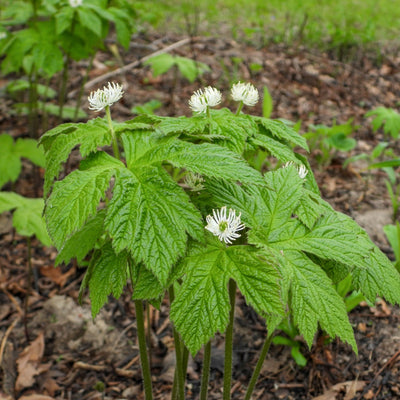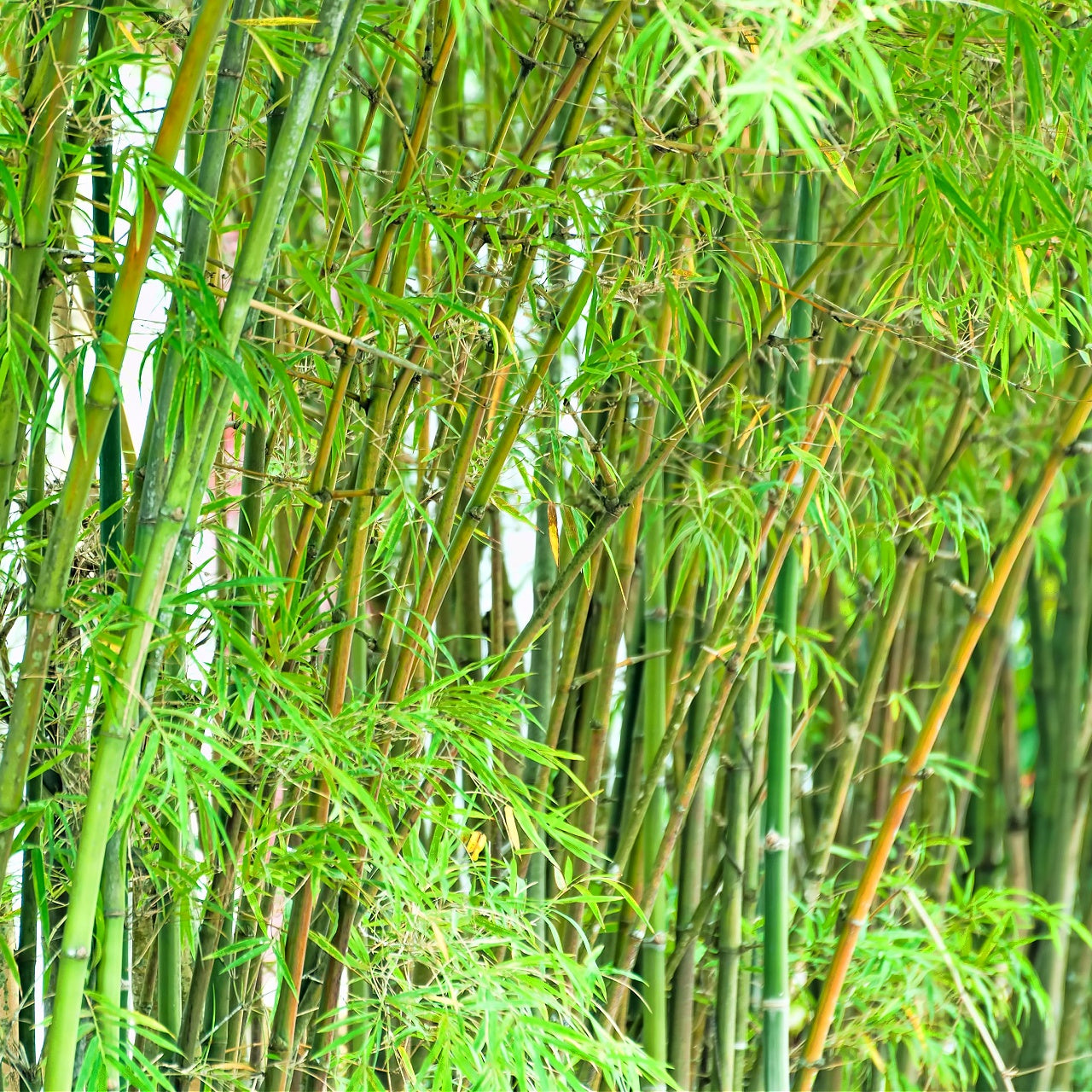Is Lemongrass a Perennial What Gardeners Need to Know
Lemongrass Perennial or Not
Herb enthusiasts and gardening hobbyists frequently ask whether lemongrass survives year after year. Lemongrass qualifies as a perennial plant but only survives year-round in mild climates. The tropical perennial lemongrass (Cymbopogon citratus) grows back each year exclusively in USDA zone 9 and warmer because these areas experience mild winters and infrequent frost conditions. Lemongrass is cultivated as an annual plant in cooler zones where it must be brought indoors during cold weather.
Lemongrass requires full sunlight exposure and well-drained soil, along with regular moisture for optimal growth. Proper environmental conditions allow lemongrass to develop tall fragrant clumps rapidly and enable uninterrupted harvesting during its growth season. Overwintering lemongrass is essential to keep it alive until spring if you reside in zone 8 or below.
To grow lemongrass successfully you need to know your climate zone and prepare accordingly. Take lemongrass from ground to pot in the fall and keep it indoors by a sunny window if you live in cold areas. Lemongrass growth slows down during winter but resumes with the arrival of warm temperatures and sunlight in the spring.
Cold-Climate Gardeners' Guide to Overwintering Lemongrass
Despite lemongrass not being a true perennial in your region you can still care for it as if it were. Bringing lemongrass through winter inside your home requires less effort than you expect. Before the first frost hits in fall you should dig up a lemongrass clump and trim it to six inches before planting it in a pot with nutrient-rich soil. Position your potted lemongrass before a sunny south-facing window and water it regularly but sparingly.
Greenhouse owners experience a much simpler overwintering process. Lemongrass only requires survival during winter months instead of thriving. When spring arrives lemongrass can be transferred outside where it will begin growing robustly again. You can separate lemongrass clumps and preserve their cuttings submerged in water or moist soil until they can be replanted and re-root in the spring season.
Your herb garden benefits from pairing lemongrass with native perennials that withstand cold weather like Spikenard (Aralia racemosa) and Wild Bergamot (Monarda fistulosa). These native plants provide pollinators with forage resources every season while lemongrass fails to demonstrate similar reliability across many zones.
Lemongrass Companion Planting with Native Favorites
When you plant lemongrass in your garden space, combine it with some underutilized native plants, which deliver aesthetic appeal while maintaining healthy biodiversity and ecosystem balance. For example:
- Blue Mistflower (Conoclinium coelestinum): The underutilized native plant exhibits beautiful lavender-blue flowering clusters during late summer, enhancing the vertical structure of lemongrass. It's also a favorite of butterflies.
- Rattlesnake Master (Eryngium yuccifolium): This native plant with silver-green spiky foliage and spherical white flowers not only withstands drought conditions but also works well alongside lemongrass in sunny gardens and functions as a natural pest deterrent.
- Purple Prairie Clover (Dalea purpurea): This native plant fixes nitrogen and has fine-textured leaves with purple flowers. It thrives in sunny borders and complements dry areas with its deep roots and elegant look next to lemongrass.
- Wild Quinine (Parthenium integrifolium): The bold white flower clusters of this plant remain sturdy in summer heat which makes it an attractive structural complement to lemongrass and attracts helpful insects.
These plant combinations improve your garden's appearance and functionality while increasing its toughness and attractiveness to pollinators. Lemongrass acts as a mosquito repellent and brings citrus flavors to cooking while native plants benefit bees and birds and improve soil health.
Is Lemongrass Worth Growing as a Perennial
In warm locations, lemongrass is a true perennial that should be prominently positioned in your outdoor space. This grass serves multiple purposes in culinary dishes, teas, and aromatherapy while acting as a natural insect repellent. Growing lemongrass remains a worthwhile pursuit for gardeners in cooler climates but demands some extra planning.
Native Herbs To Plant With it
Lemongrass earns its special distinction through its versatile nature and its ability to harmonize easily with both exotic plants and native species. This tropical grass creates a garden structure and scent while providing practical benefits when you transfer it indoors through potting or combining it with North American plants like Rattlesnake Master and Wild Quinine.
Lemongrass demands additional care in colder areas but delivers excellent value for your gardening efforts. By implementing an effective approach this plant can demonstrate perennial characteristics regardless of your location.
Products from the Article

Wholesale Black Cohosh Plants Available at Tennessee Nursery

Wholesale Witch Hazel Shrubs for Sale at Tennessee Nursery

Wholesale Golden Seal Plants Available at Tennessee Nursery






